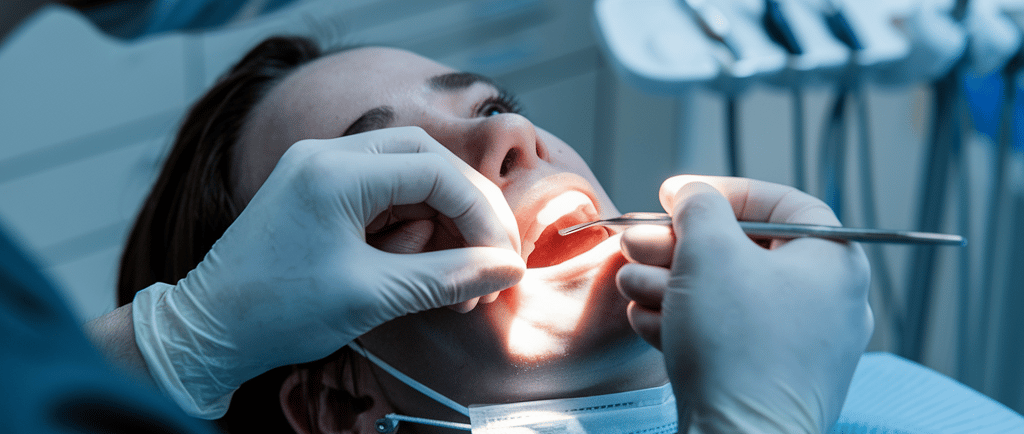Clear Aligners and Temporomandibular Joint (TMJ) Disorders: Can They Help or Hurt?
Temporomandibular joint (TMJ) disorders are a complex group of conditions affecting the joint connecting the lower jaw (mandible) to the skull. These disorders can cause significant pain, discomfort, and dysfunction in the jaw and surrounding muscles. Orthodontic interventions, including clear aligners, are often evaluated for their potential impact on TMJ health. With clear aligners becoming increasingly popular, the question arises: can they help alleviate TMJ symptoms or potentially exacerbate them? This article explores recent research and insights from 2024 to address the role clear aligners play in the management of TMJ disorders.
Azeem Jameel
9/30/20244 min read


Clear Aligners and Temporomandibular Joint (TMJ) Disorders: Can They Help or Hurt?
Temporomandibular joint (TMJ) disorders are a complex group of conditions affecting the joint connecting the lower jaw (mandible) to the skull. These disorders can cause significant pain, discomfort, and dysfunction in the jaw and surrounding muscles. Orthodontic interventions, including clear aligners, are often evaluated for their potential impact on TMJ health. With clear aligners becoming increasingly popular, the question arises: can they help alleviate TMJ symptoms or potentially exacerbate them? This article explores recent research and insights from 2024 to address the role clear aligners play in the management of TMJ disorders.
Understanding TMJ Disorders
TMJ disorders can arise due to several factors, including:
Malocclusion (misalignment of teeth)
Trauma to the jaw
Arthritis
Genetic predisposition
Bruxism (teeth grinding or clenching)
Symptoms often include jaw pain, headaches, clicking or popping sounds in the joint, limited range of motion, and facial discomfort. Orthodontic treatment, by altering the alignment of teeth and bite, can potentially influence TMJ health either positively or negatively.
Clear Aligners and Their Mechanism of Action
Clear aligners, such as Invisalign, are used to correct malocclusions by gradually shifting teeth into proper alignment. These aligners apply controlled force to specific teeth, which can improve bite function and potentially relieve stress on the TMJ. Unlike traditional braces, clear aligners are removable, giving patients control over their treatment while maintaining oral hygiene more effectively.
Can Clear Aligners Help TMJ Disorders?
1. Reduction in Malocclusion-Related TMJ Issues
Recent 2024 studies suggest that one of the key benefits of clear aligners in patients with TMJ disorders is their ability to correct malocclusions. Improving bite alignment can help redistribute forces exerted during chewing, which can ease strain on the TMJ. Studies have shown that in cases where malocclusion contributes to TMJ dysfunction, the improvement of bite stability via orthodontic treatment—especially non-invasive treatments like clear aligners—can lead to symptomatic relief. A study published in Orthodontics & Craniofacial Research (2024) found that 45% of patients with TMJ symptoms experienced improvement after aligner-based orthodontic treatment.
2. Controlled and Customized Treatment
The advantage of clear aligners is their customizability. Aligners are fabricated based on digital scans, which allows for precise control of tooth movements. Recent innovations have allowed for better tracking of TMJ stress during treatment. According to a study in the Journal of Oral Rehabilitation (2024), individualized aligner treatment plans that account for TMJ health have been shown to mitigate some of the risks associated with orthodontic interventions.
3. Alleviation of Bruxism
For patients with bruxism—a common co-occurring issue with TMJ disorders—clear aligners may act as a protective barrier, similar to night guards. This can prevent excessive wear on the teeth and may reduce the frequency of bruxism-related TMJ pain. While aligners alone are not a cure for bruxism, 2024 reports indicate that they may help reduce the severity of its impact on TMJ by protecting the enamel and distributing forces more evenly.
Can Clear Aligners Hurt TMJ Disorders?
1. Improper Bite Force Distribution
While clear aligners can help correct malocclusion, improper treatment planning or patient compliance issues can lead to complications. Misaligned forces during tooth movement can potentially exacerbate TMJ symptoms. Research indicates that poorly planned tooth shifts or incorrect usage (e.g., not wearing the aligners for the recommended 20–22 hours a day) may cause imbalanced occlusion, which could contribute to increased TMJ stress.
2. Increased Muscle Tension
In some cases, aligners can lead to temporary increases in muscle tension as the jaw adjusts to new tooth positions. Some patients report jaw fatigue or discomfort during the early stages of aligner treatment. According to The American Journal of Orthodontics and Dentofacial Orthopedics (2024), approximately 30% of patients experienced a temporary increase in TMJ discomfort during the initial phase of aligner use, though this typically subsided after the first few weeks of treatment.
3. Potential for Overcorrection
In an effort to achieve ideal tooth alignment, there is a risk of overcorrection, which can strain the TMJ. Clear aligners rely on sequential, incremental shifts in tooth position, but overzealous treatment or failure to monitor jaw position carefully could lead to excessive forces on the joint. A balanced approach with regular follow-ups is crucial to avoid such complications.
Key Insights from Recent Research
Technological Advancements: Clear aligners have become more advanced in 2024, with some systems incorporating AI-driven algorithms that factor in TMJ health during treatment planning.
New Materials: Recent innovations in aligner material have led to the development of more adaptive, flexible aligners that conform better to the patient's bite, reducing the risk of TMJ irritation during treatment.
Integrated TMJ Monitoring: Devices that monitor jaw movement and stress during aligner use are in development, potentially allowing orthodontists to track TMJ health throughout treatment.
Conclusion: Help or Hurt?
The impact of clear aligners on TMJ disorders is ultimately dependent on the patient's unique condition and the quality of treatment planning. When applied carefully, clear aligners can help alleviate TMJ symptoms by correcting malocclusion and reducing strain on the joint. However, improper use or oversight in treatment planning can worsen TMJ discomfort.
For patients with existing TMJ issues, a multidisciplinary approach involving orthodontists and TMJ specialists is recommended to ensure that aligner treatment is customized to minimize risks. 2024 research continues to highlight the importance of individualized treatment plans that account for both dental and TMJ health to maximize the benefits of clear aligners.

Connect
Social Accounts
+1 830 7451 586
Building 595, Block H3, Phase 2
Johar town, Lahore Pakistan
Address
Mail at:
Call at:


ClearCare Ortho offers premium-quality, exceptionally clear, and affordable orthodontic aligner treatments worldwide.
© 2023 Copyright ClearCare Ortho All Right Reserved.
info@clearcareortho.com
